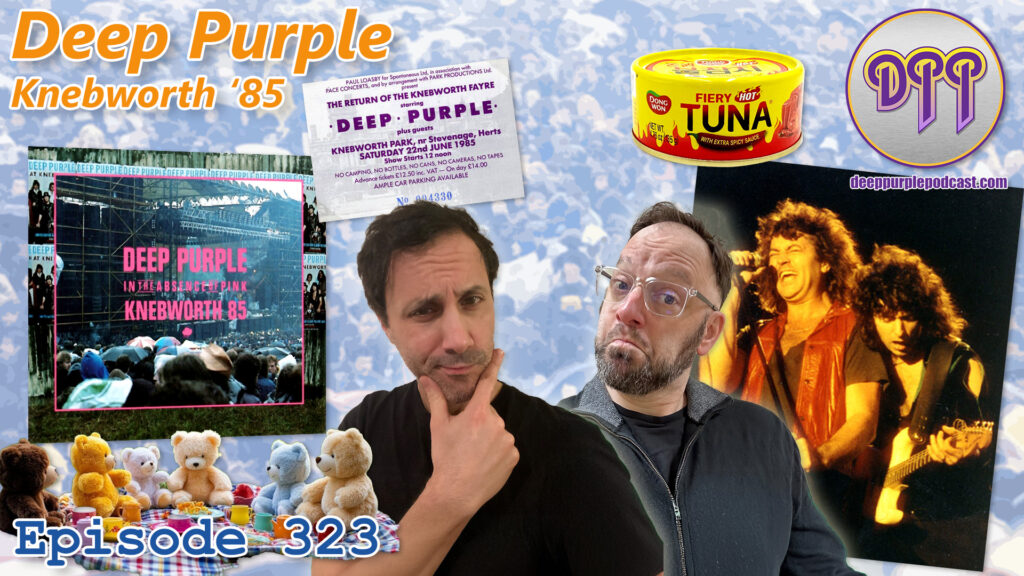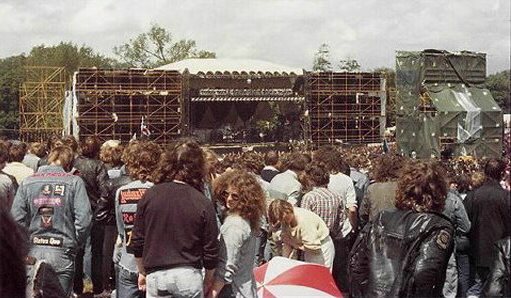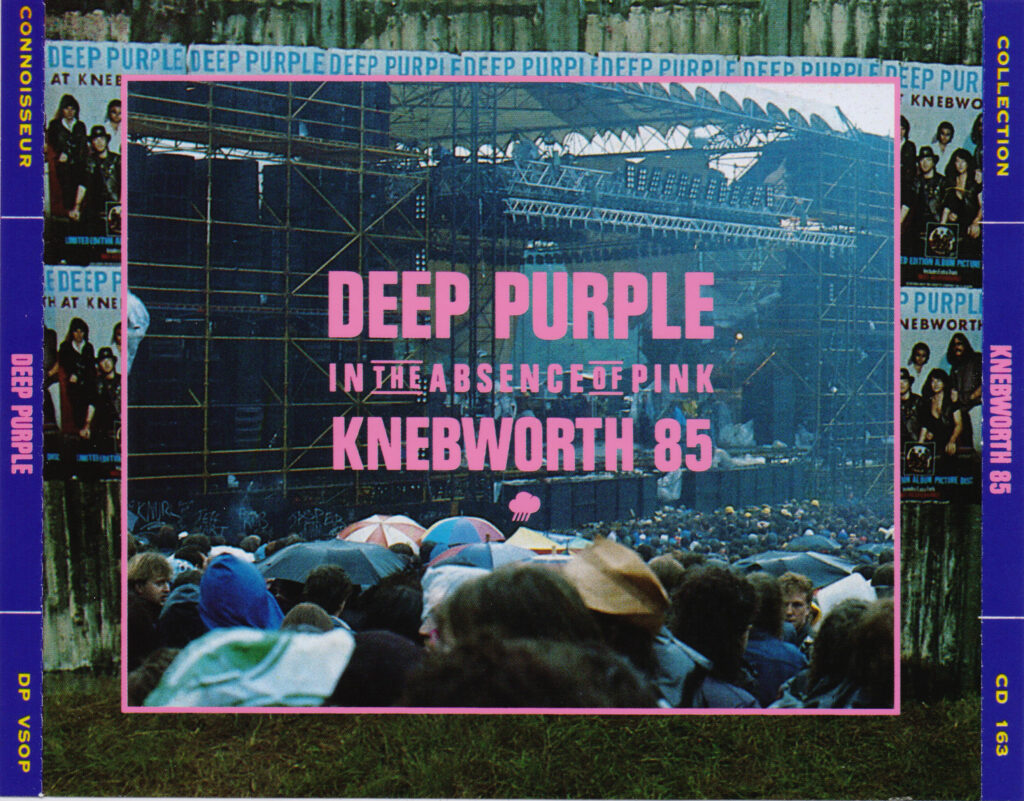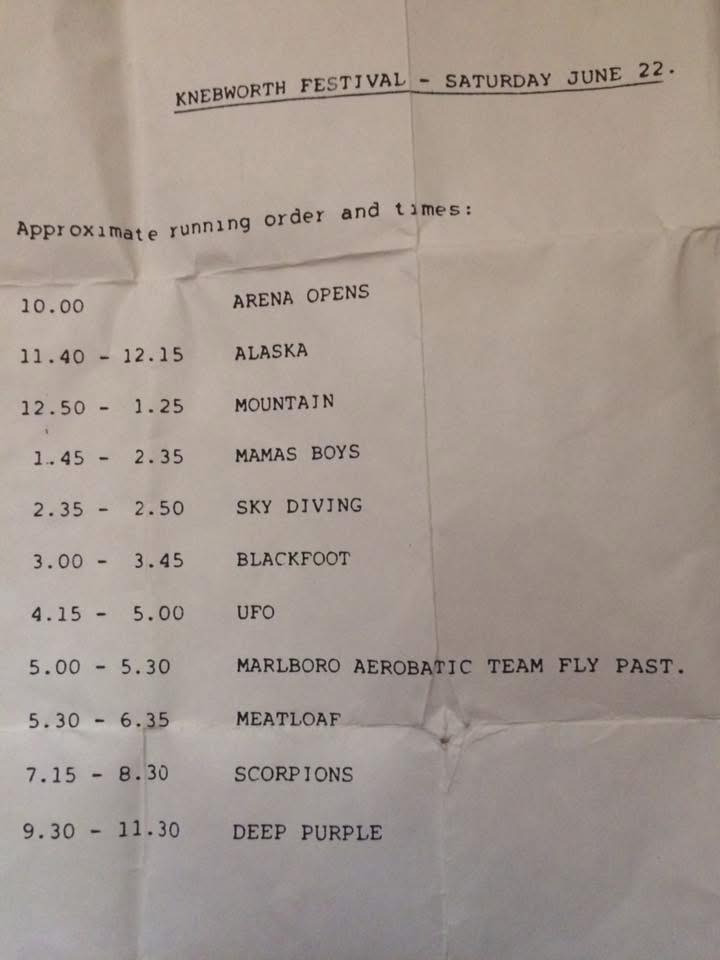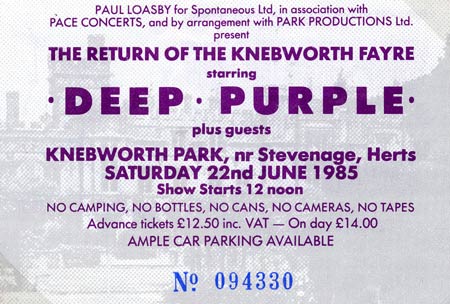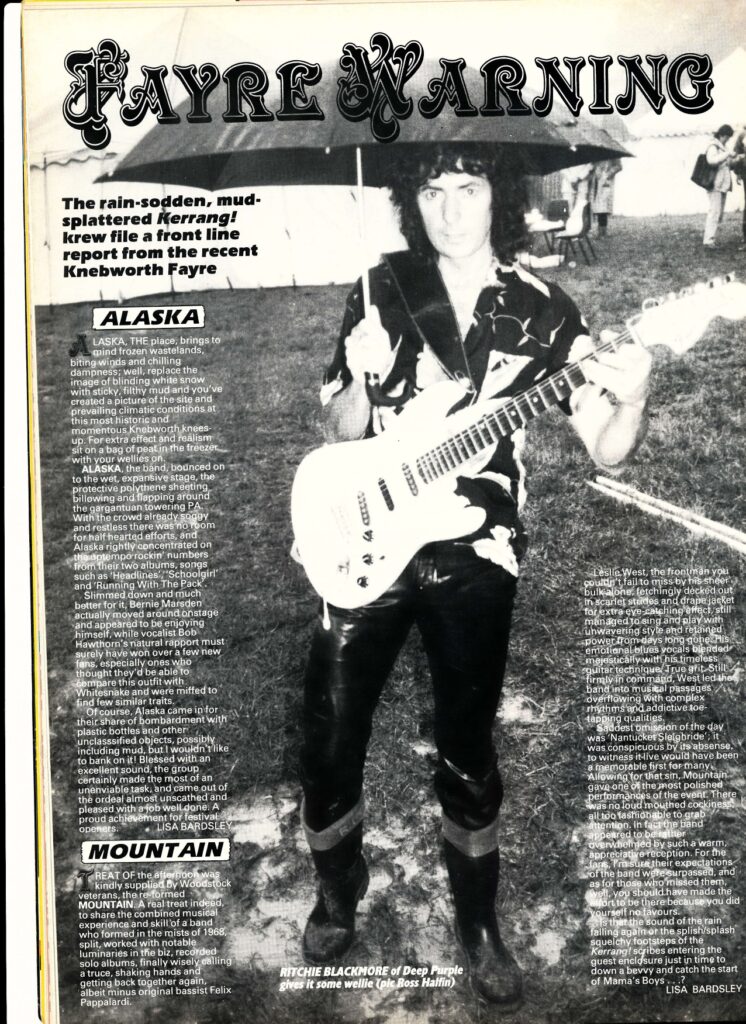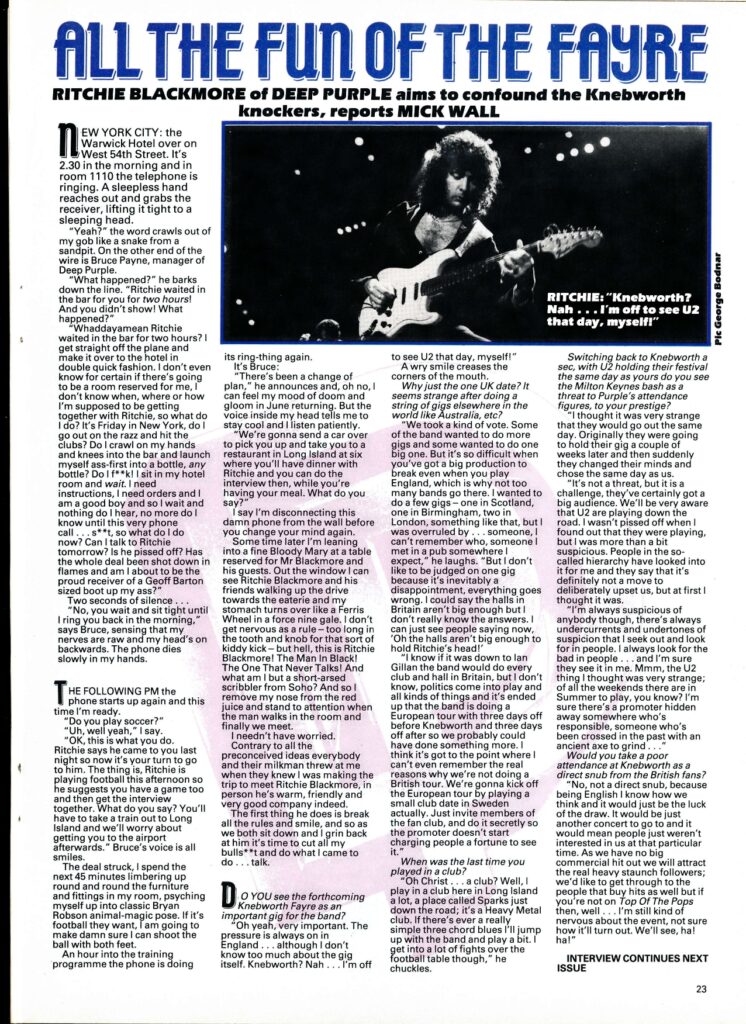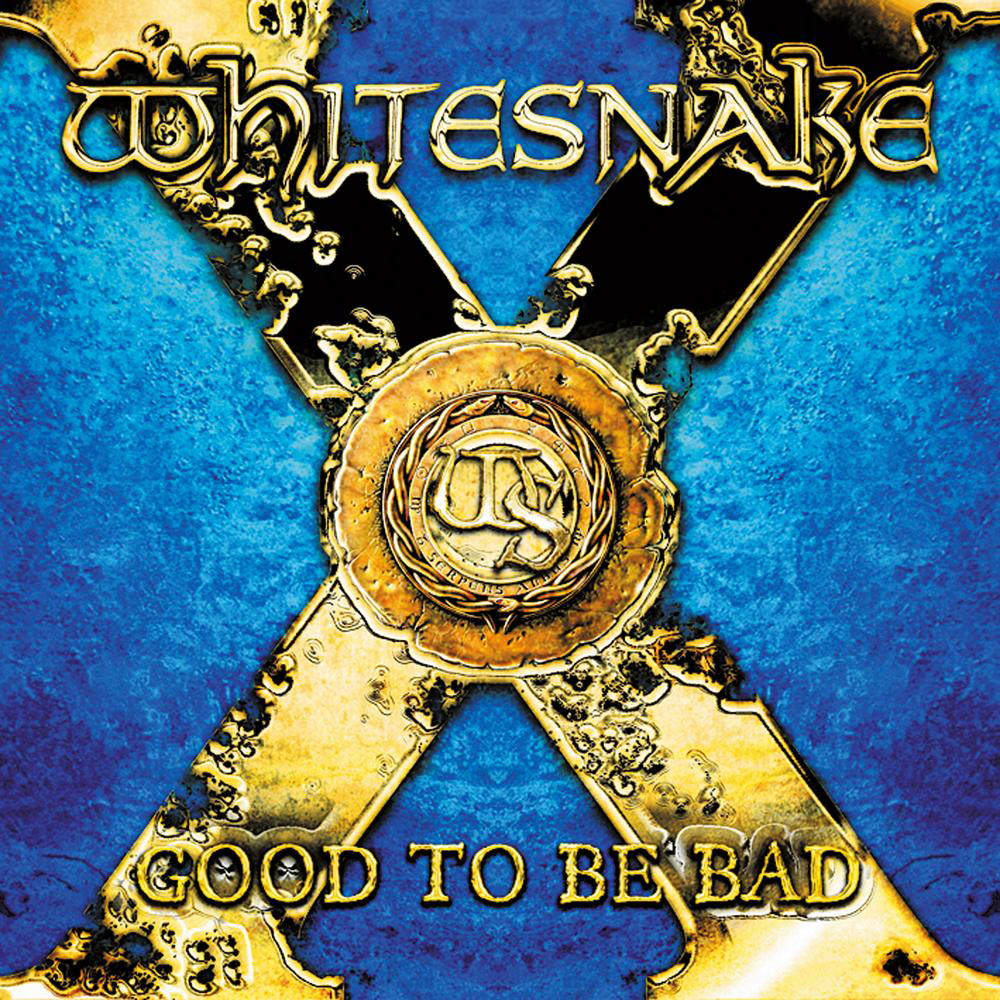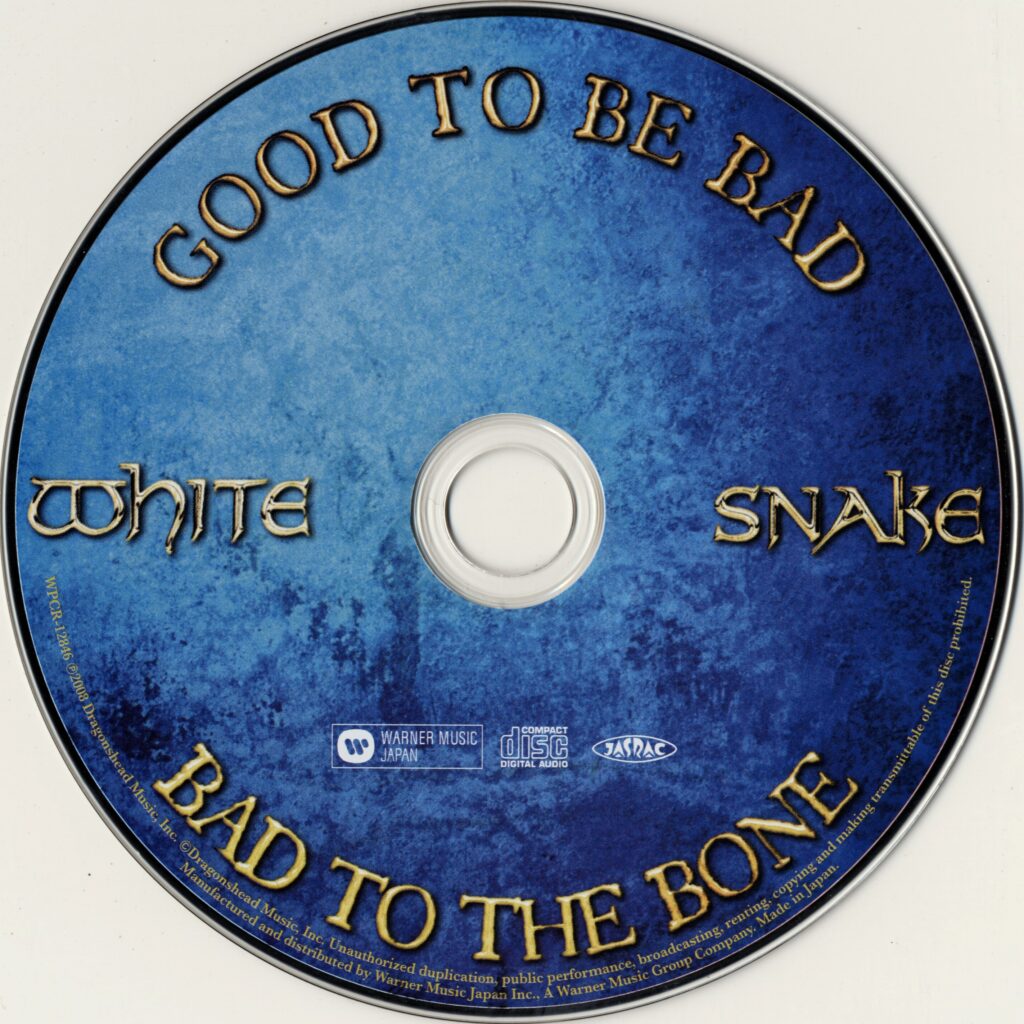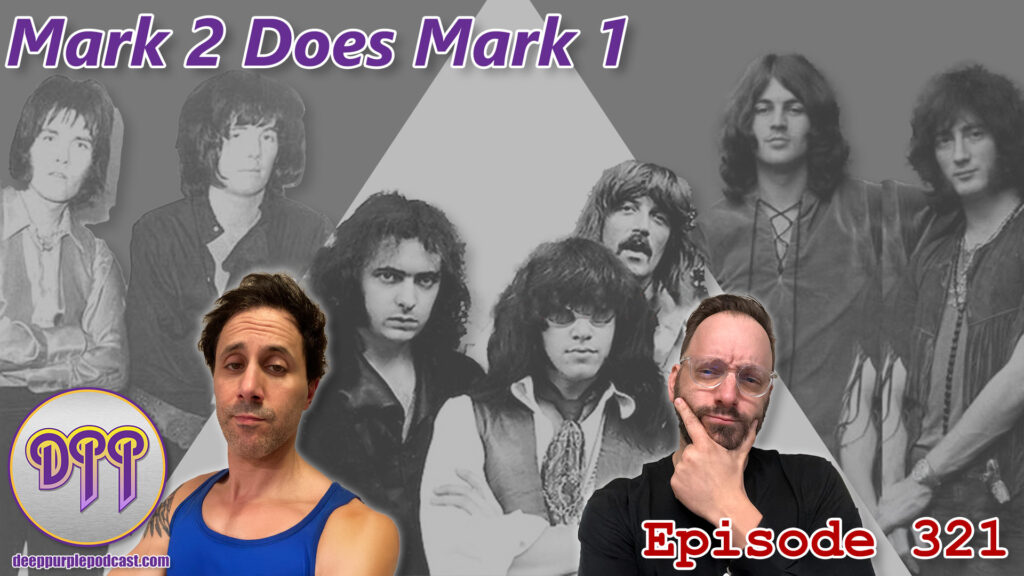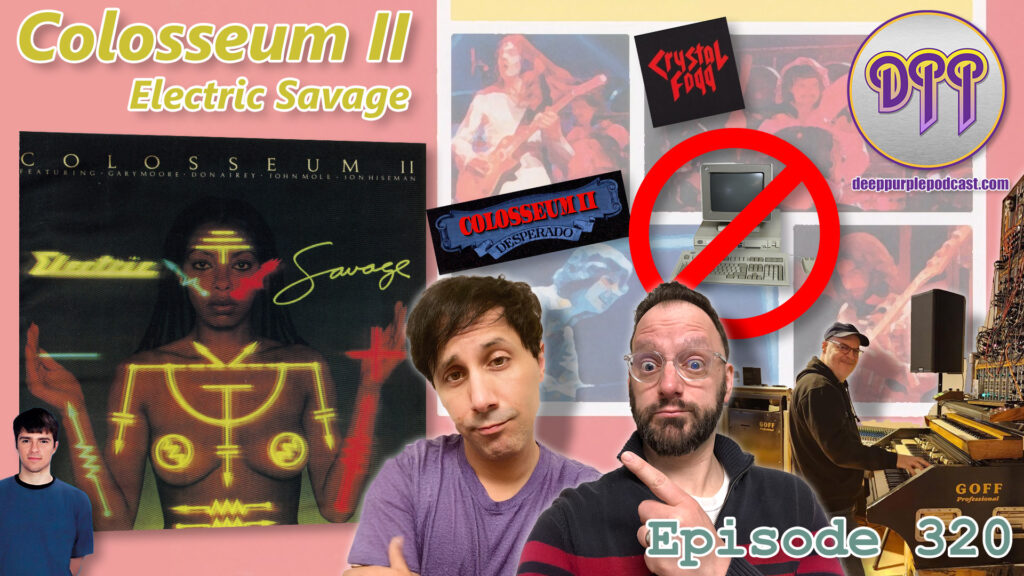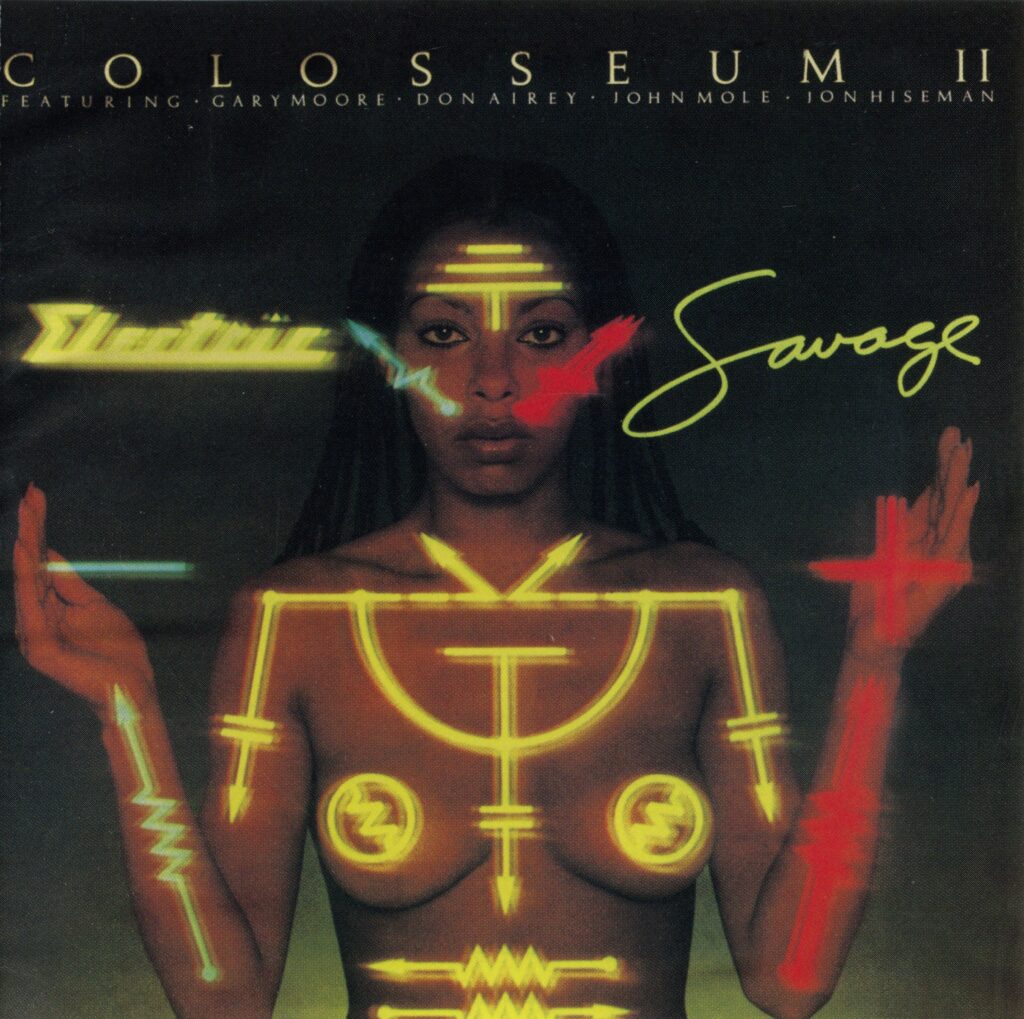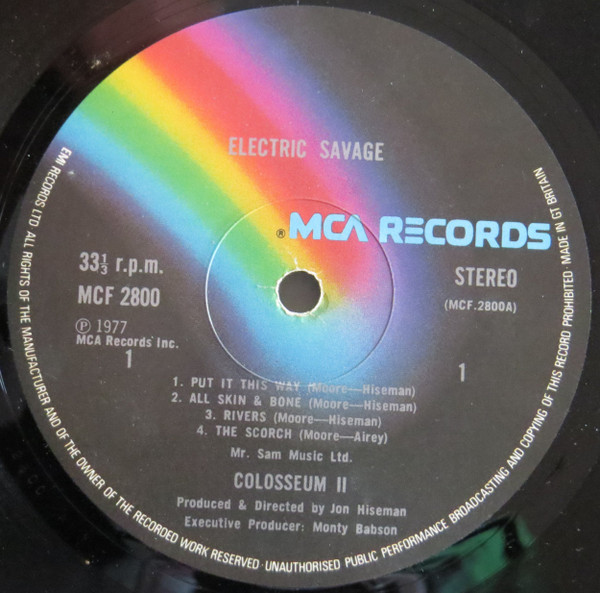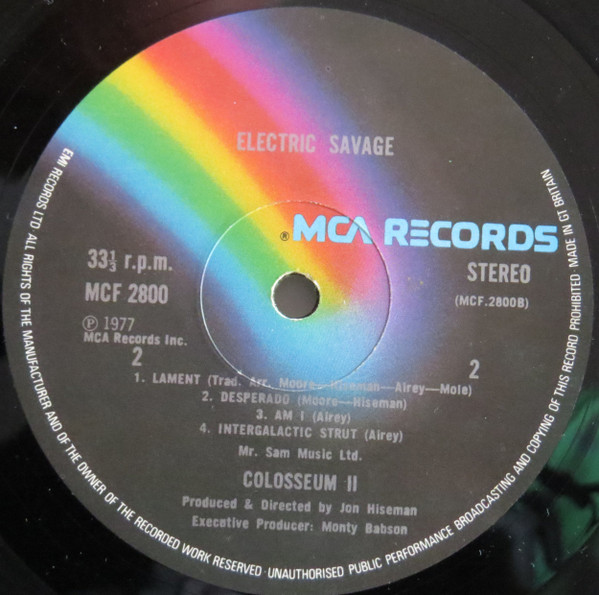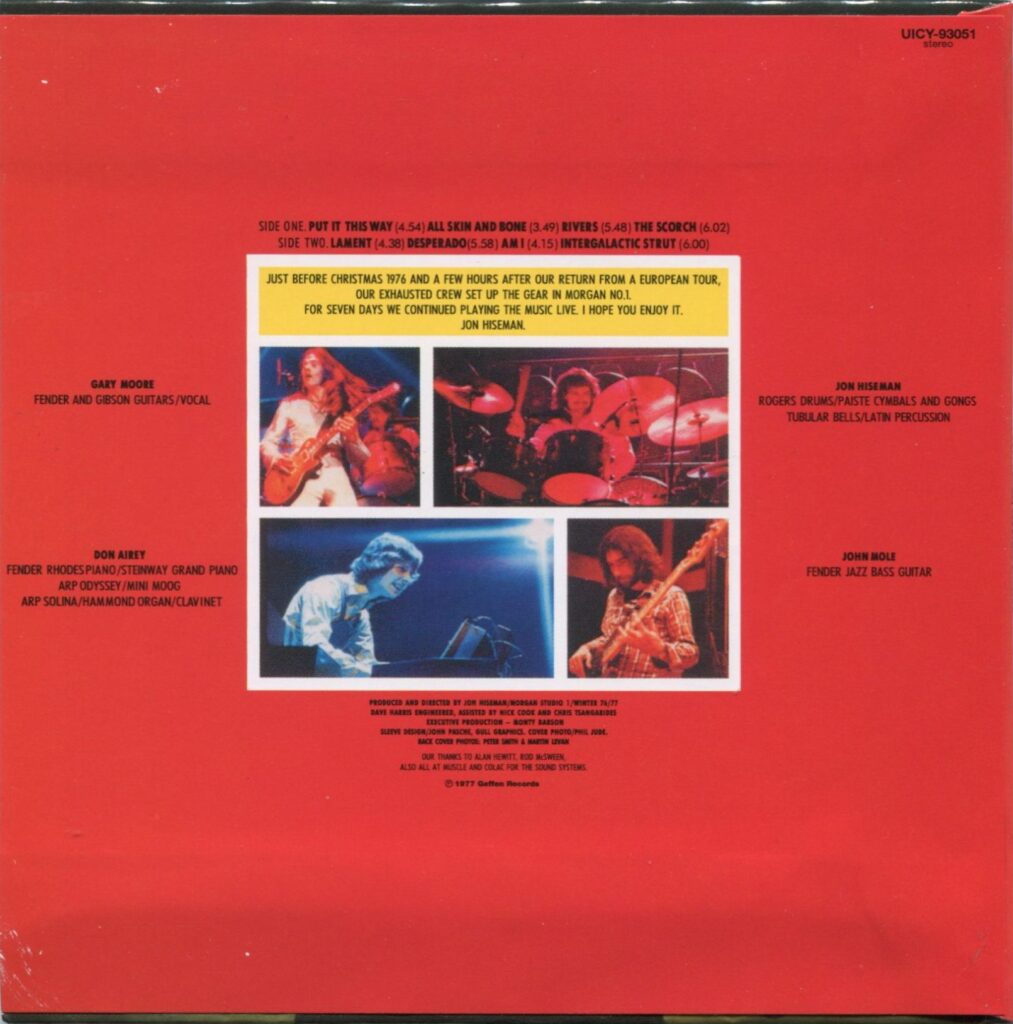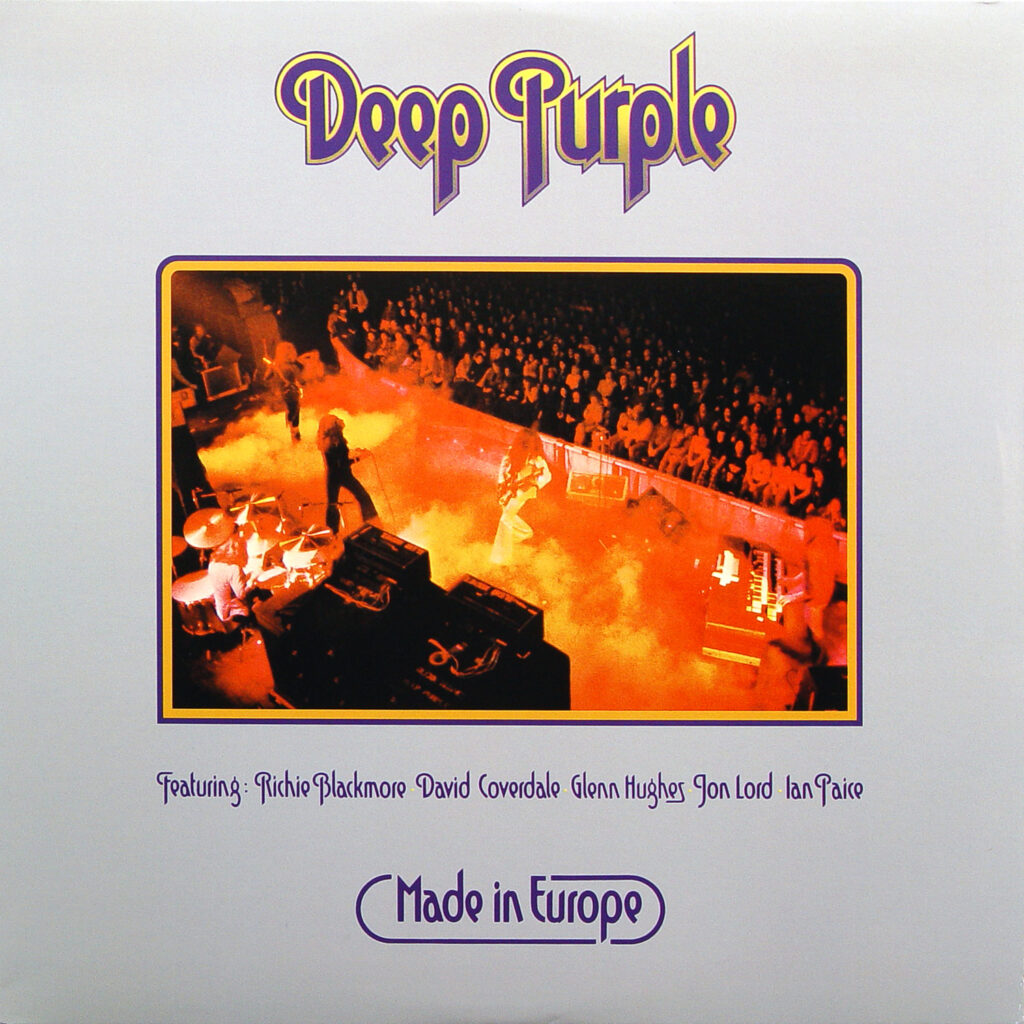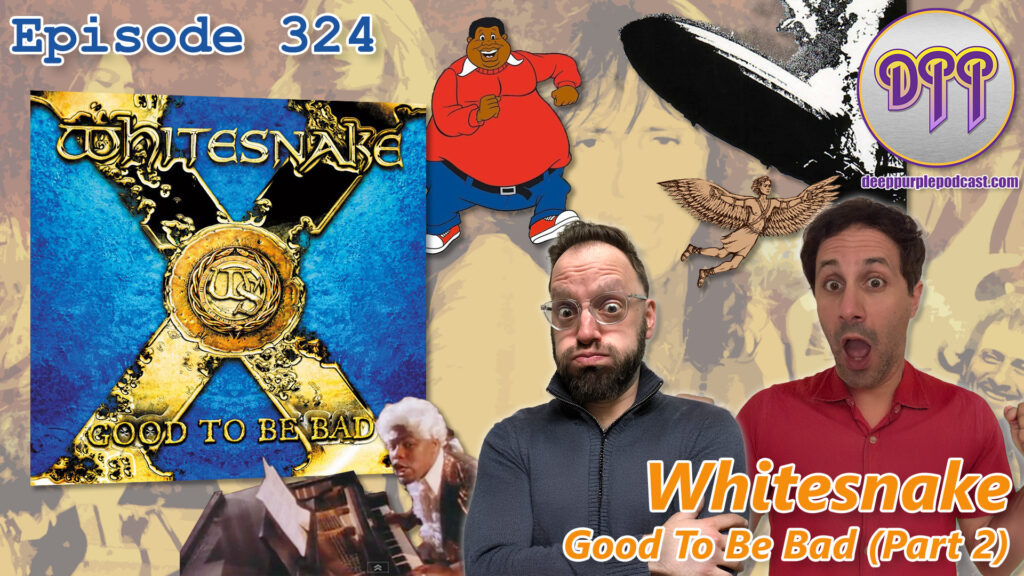
Disclaimer: The video used on YouTube is a byproduct of producing our audio podcast. We post it merely as a convenience to those who prefer the YouTube format. Please subscribe using one of the links below if you’d prefer a superior audio experience.
Subscribe at Apple Podcasts, Spotify, Google Podcasts, Overcast, Pocket Casts, Anchor.fm, Breaker, PodBean, RadioPublic, Amazon Music, Pocket Casts, or search in your favorite podcatcher!
How To Support Our Show:
The Deep Purple Podcast is 100% listener supported and ad-free! If you receive value from our show please consider supporting us!
- Leave us a 5-Star Review on Apple Podcasts
- Buy Merch at Our Etsy Store!
- Become a Patron on Patreon
- Donate on Paypal (Donate one time or click “make this a monthly donation” box)
- Donate to $DPPOD Using Cash App
- Support Us on Ko-fi
- SUPER Thanks now available on YouTube!
Patron Benefits:
- Access to our Patrons-only Discord
- Access to our ratings spreadsheet
- Invites for livestream episodes
- Link for Submission for all album rankings episodes
- Access to banned episodes via Patreon
New Patron/Patron Upgrades:
- Matt R joins us at the $3 “Nobody’s Perfect Tier”
- Ralphie Lee joins us at the $5 “Money Lender” Tier
- Our first ever AI video welcome.
- Ralphie’s Welcome Video
Thanks to Our Executive Level Patrons:
- The “In Memorium” Tier
- Gerald “Jerry” Kelly & Family
- The $25 “Uncommon Man” Tier
- Ovais Naqvi
- Purple Maniac
- The “Twenty is Plenty” Tier
- Alan “Ain’t Too Proud To” Begg
- The £10 “Good Doctor” Tier
- Dr. Mike Kattan
- The Turn it up to $11 Tier
- Clay Wombacher
- Frank Theilgaard-Mortensen
- Mikkel Steen
- Will Porter, PhDPP
- Michael “Don’t Call Him Bradford” Bagford
- $10 “Some One Came” Tier
- Ryan M
- Jeff Breis
- Victor Campos
- “Better Call” Saul Evans
- Peter from Illinois
- The “Deep Thoughts by John Mottola” Tier
- Fielding Fowler
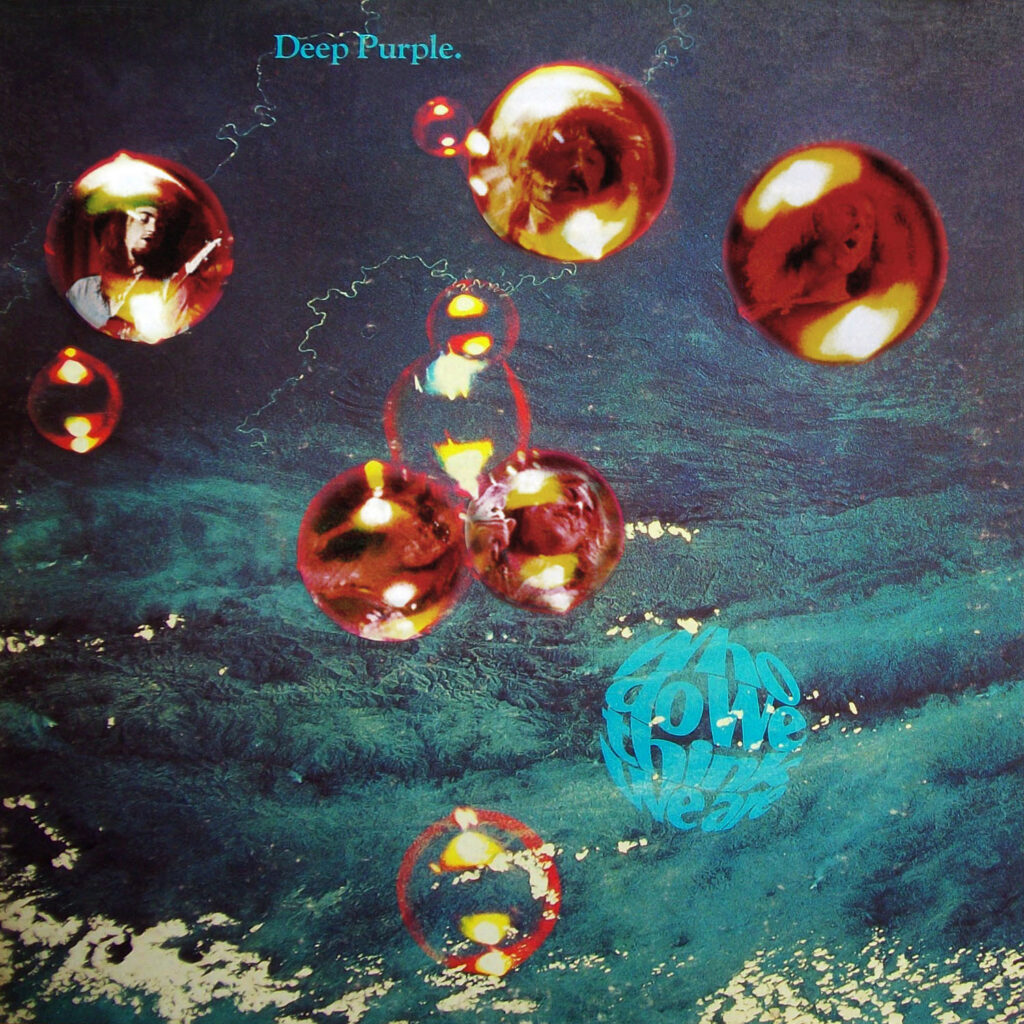
Upcoming Rankings Show:
- Deep Purple “Who Do We Think We Are”
- Patron rankings needed by August 18th
- Become a patron if you want to be invited to the live stream and submit your rankings!
Postcards From The Edge . . . OF CONNECTICUT!
- Easter Greetings from Connecticut
- The mysterious Ralphie postcards continue!
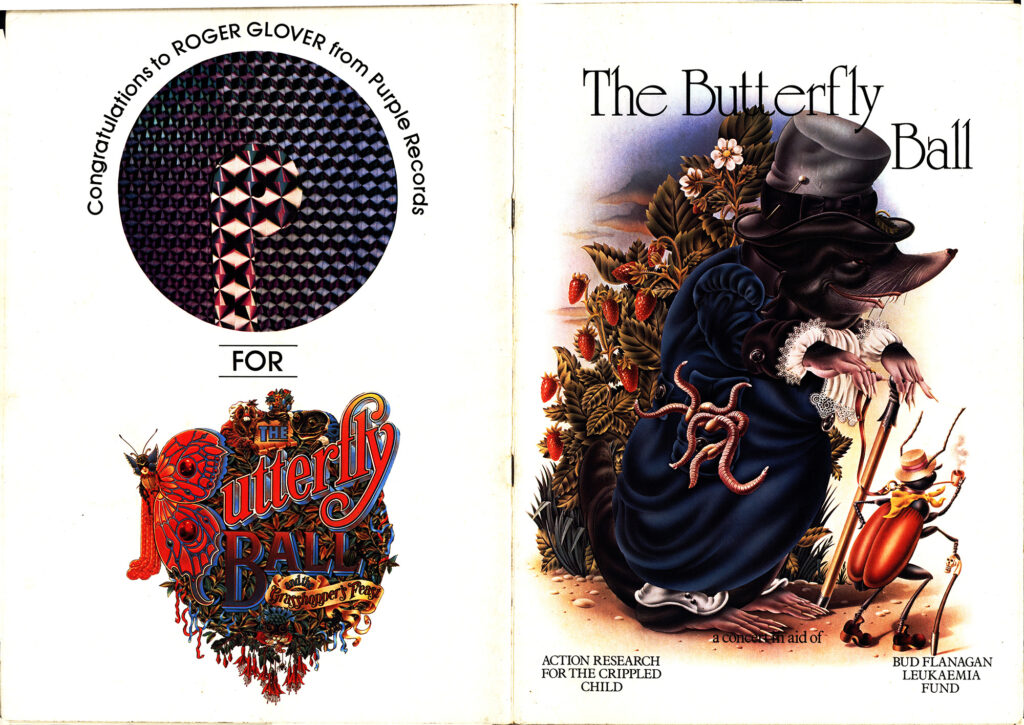
Deep Purdre Pics as Discussed on the Episode:
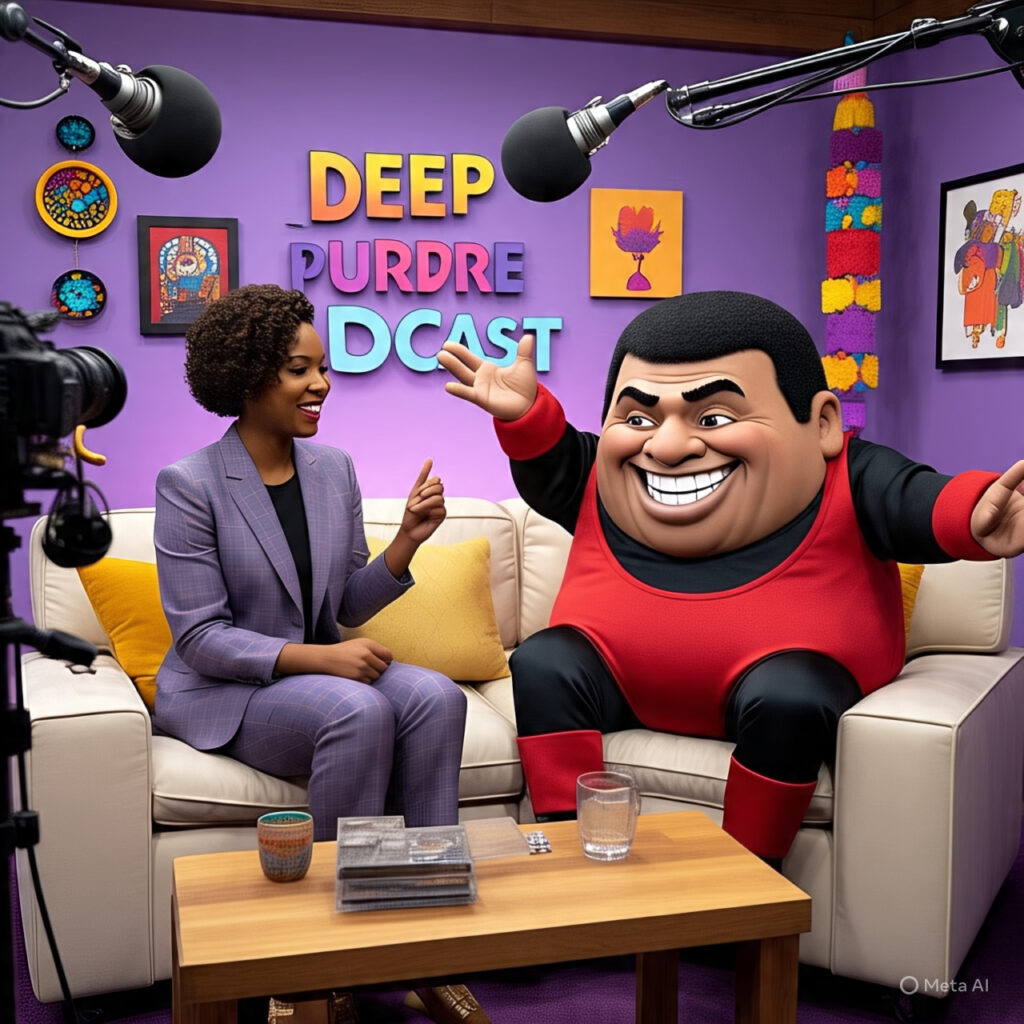
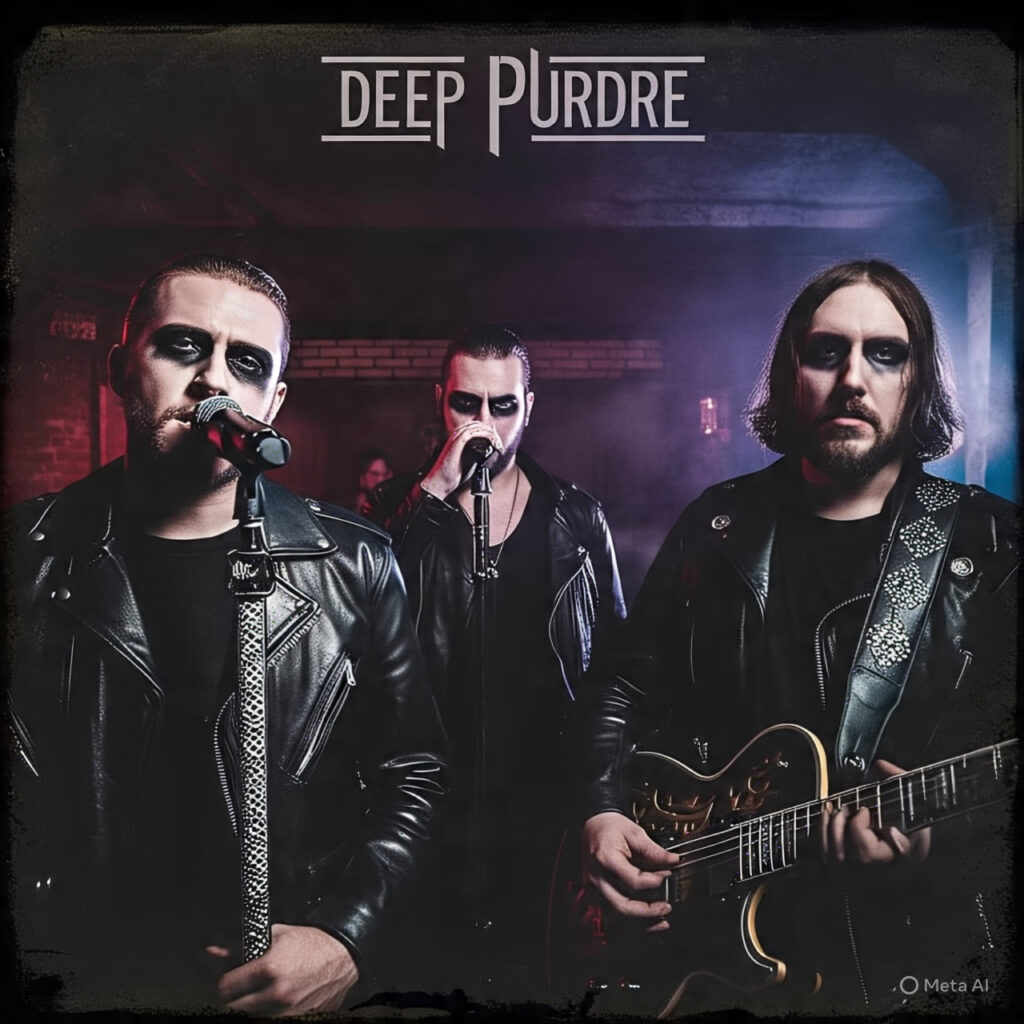

Thanks to Our Core Level Patrons:
- The $6.99 “New Nice Price” Tier
- Spike’s Ghost
- Sugar T
- The Episode $6.66 Tier
- Steve Coldwell
- Arthur Smith
- Anton Glaving
- Charles Meadows
- The $6.65 “Almost Evil” Tier
- Kenny Wymore
- Richie Sucksmith
- The 70 NOK Tier
- Kai Rune “Yes, I’m Norwegian” Olsen –
- Kai Rune “Yes, I’m Norwegian” Olsen –
- $5.99 The “Nice Price” Tier
- Robert Smith
- The 60 Kroner “Scandinavian Nights” Tier
- DJ Knut Morten Johansen –
- DJ Knut Morten Johansen –
- The €5.50Tier
- Merlijn Rotte
- $5 “Money Lender” Tier
- John Convery
- German Heindl
- Adrian Hernandez
- Jesper Almén
- Oleksiy The Perfect Stranger Slyepukhov
- Kev Roberts
- Percival Frequency
- Scott Zerns
- Cynthia Dube
- Raff Kaff
- Coyote Bongwater
- John Miceli
- Sarah Sanders
- Jellybean
- Evan Robison
- Purple Swede
- Ralphie Lee – NEW PATRON ALERT!!!
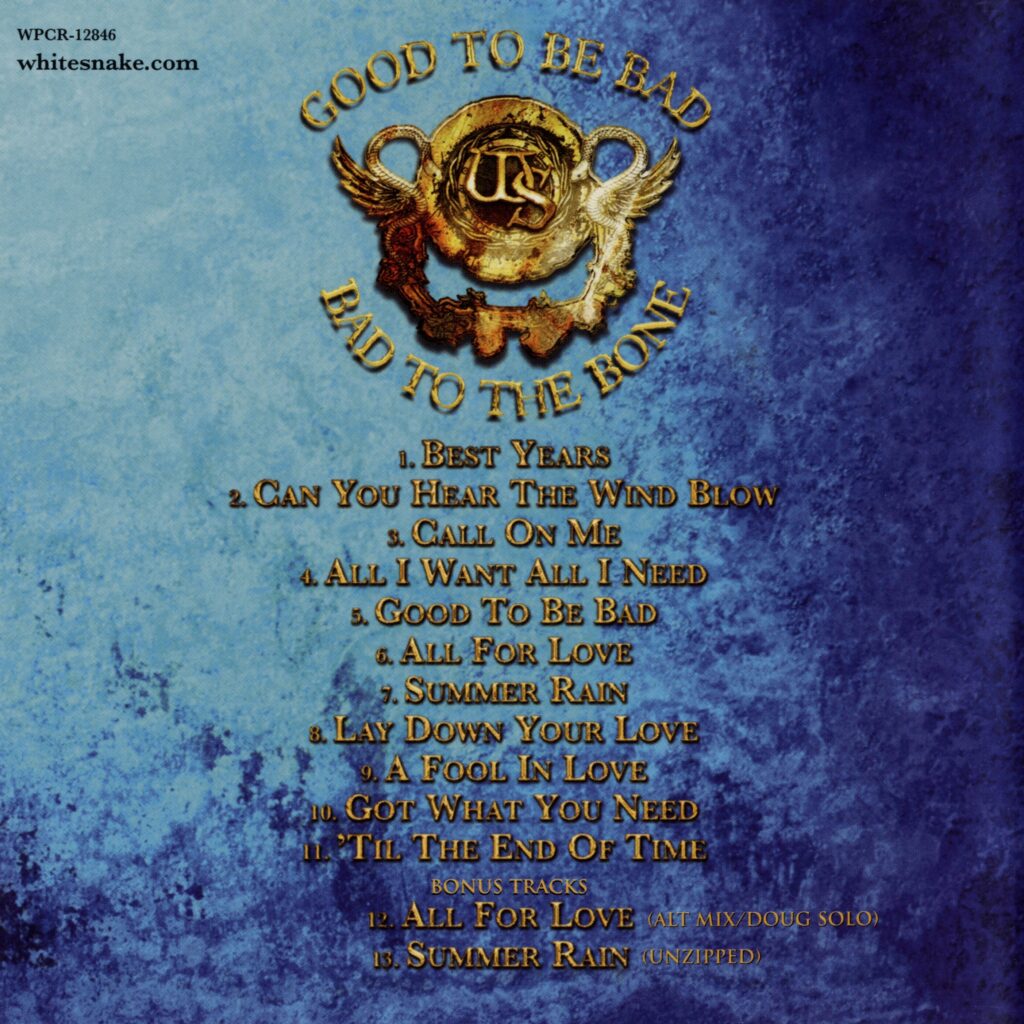
Album Tracks:
All songs written by David Coverdale and Doug Aldrich
- Summer Rain
- Lay Down Your Love
- A Fool in Love
- Got What You Need
- ‘Til the End of Time
Japanese Bonus Tracks
- All for Love (Doug Aldrich guitar solo)
- Summer Rain (Acoustic version)
European Bonus Disc
- Summer Rain (Acoustic Version
- All I Want All I Need (Radio edit)
- Take Me With You (Live
- Ready to Rock (Enhanced video)
US/Canadian bonus CD; all tracks taken from Live in the Shadow of the Blues
Thanks To Our Foundation Level Patrons:
- £3.50 “Deep Purple NY” Tier
- Lord Longford
- The £3 “The Aromatic Feed” Tier
- Simon Ford
- Richard Breese
- The €3.50 Tier
- Weston Super-Mare Pilgrim
- The 293 Pence Tier
- Blackmore’s Tights
- The $3.33 Half Way to Evil Tier
- Stephen Sharpe
- Duncan Leask
- $3 “Nobody’s Perfect” Tier
- Peter Gardow
- Ian Desrosiers
- Mark Roback
- Stuart McCord
- Flight of the Rat Bat Blue Light
- Øyvind Fjeldbu –
- Runar Simonsen –
- Ruinous Inadequacies
- Corey Morrissette
- Ashely { Still I hear, “Burn” } Rose
- Joe “Dopefish” Siegler
- Adam Corke
- Tim Wood
- Steve “Down to Earth” Koeller
- Michael
- Matt R – NEW PATRON ALERT!!!
- The $1.71 “I Want My Own Tier” Tier
- Rich “Yngwie” Shailor
- The 10 DKK “Cold Hard Danish Kroner” Tier
- Carsten Lau
- $1 Made Up Name Tier
- The “Lay Down Your Grave” Leaky Mausoleum
- Stephen Sommerville The Concerto 1999 Fanatic
- Hank the Tank
- Private Eyes
- Ashen Lionel
- Zwopper The Electric Alchemist
- Anders Engstrom
- I see DC
- Durple Purple
- David Hattam
- Graham Bonnet’s Disco Pants and Haircuts
- Eddie Lion
- Sicktone
Bustin’ Out The Spreadsheet
Reviews
- https://web.archive.org/web/20130120085952/http://heavymetal.about.com/od/cdreviews/fr/whitesnakegoodt.htm
- 3.5/5
- Whitesnake has been around for 30 years, and a band with that sort of longevity has to fight to stay modern and relevant. When it comes to new material from bands we grew up with, fans can be ambivalent. We’d rather hear “Still Of The Night,” “Here I Go Again” or “Is This Love” for the billionth time than something new.
- With Good To Be Bad, Whitesnake proves they still have plenty left in the tank. The 2008 lineup of the band includes vocalist David Coverdale, guitarists Doug Aldrich (Dio) and Reb Beach (Winger, Dokken), bassist Uriah Duffy (Travers/Appice), keyboardist Timothy Drury (Don Henley) and drummer Chris Frazier (Steve Vai).
- The songs on the CD are classic Whitesnake, full of big guitar riffs and melodic hooks. There’s a nice combination of rockers and ballads, and Coverdale’s voice, although a bit raspy at times, still sounds great. In a different era there would have been about 4 huge radio hits on this CD, and Whitesnake fans should really enjoy Good To Be Bad.
- (released April 22, 2008 on SPV Records)
- https://www.allmusic.com/album/good-to-be-bad-mw0000784829
- 4 out of 5
- Good to Be Bad Review by Thom Jurek
- Good to Be Bad marks Whitesnake’s 30th anniversary as a band — though frontman David Coverdale is the only original member. It’s their first studio album since 1998’s Restless Heart, which was never released in the United States. The current incarnation of Whitesnake is Coverdale, guitarists Doug Aldrich and Reb Beach, bassist Uriah Duffy, keyboardist Timothy Drury, and drummer Chris Frazier. Frazier is the band’s newest member; the others appeared on 2006’s Live…In the Shadow of the Blues. This is a seasoned road group, but it remained to be heard if they could pull it off in the studio. The answer is hell yes! Listening to this wondrous racket, it seems strange that such a timeless sound has vanished from mainstream rock — guitars just don’t sound like this on records anymore. What’s really weird is that this sound, as seemingly “retro” as it is in recalling the 1980s, is actually a real alternative to what’s on corporate radio in the 21st century. There are some outstanding cuts here. “All for Love,” the album’s centerpiece, contains a majestic power chord intro. It evolves into the big bad four-note riff that the tune hinges on. It’s got a killer rough-and-rowdy hook in the refrain that’s trademark Whitesnake. Another killer arrives with the wild unhinged blues licks that open “Best Years.” The tune’s riff is an inversion of the Allman Brothers‘ “Whipping Post,” and the verse is based on the same changes. This tune is one of the hardest rockers to come swaggering down the stadium rock alley in a dog’s age. “Can You Hear the Wind Blow” features enormous guitars and shimmering keyboards that contrast with the blues wail in Coverdale‘s voice. There is déjà vu here, too: the hook is reminiscent of “Rock You Like a Hurricane” by the Scorpions. Aldrich‘s guitar playing is a huge boon to the Whitesnake sound. He’s obviously listened to Jimmy Page, and the slippery, knotty, and funky blues licks in tracks like “Call on Me” reflect that, but his sound with its effects pedals is more overdriven and bigger than life, offering the base for Whitesnake’s core sound — straight-out festival rock, y’all. This wouldn’t be a Whitesnake recording without a power ballad, and “Summer Rain” is a beauty. Coverdale sings a country-tinged melody; he’s all vulnerable singing above a washed-out meld of acoustic guitars and a gently but insistently swelling organ, kissed by cymbals and a bass drum. Of course, there’s an enormous electric guitar solo near the end to bring it home. Coverdale‘s voice is lower in the 21st century, but just as effective in Whitesnake’s brand of hard rock. “A Fool in Love” begins with the sound of a crackling vinyl record; it gives way to pure balls-out blues-rocker, with slide guitar in Brit metal overdrive. The closer, “‘Til the End of Time,” starts as an acoustic blues, but by the time the big tom-toms roll in and the keys weave through those guitars, it feels like something off Led Zeppelin III. Coverdale has always stuck very close to his blues-rock roots and continues to mine them; his brand of ROCK with chugging outsized guitars is palatable because of his reliance on crafting excellent choruses and hooks. It’s a hell of a comeback and ranks right near the top of the Whitesnake catalog.
- https://www.theguardian.com/music/2008/apr/18/popandrock.shopping4
- 3 out of 5
- (steamhammer)
- “I wouldn’t want to be singing Slide It In in front of a bunch of blokes,” said the Snake’s David Coverdale last weekend. You don’t get those sort of quotes from Foals, which may explain why the unreconstructed heavy rockers’ return is being greeted with joy in older metal circles. On their first album for 11 years, the veteran band Coverdale now jokingly dubs “Greysnake” robustly fight off any musical developments that have taken place since 1979. Dragons are slain, winds blow, heads bang, solos twiddle and a body shakes – unfeasibly – “like a red hot tree”.
- It’s as unfashionable as a leather raincoat, but Summer Rain and Lay Down Your Love boast industrial-strength choruses straight from the days when the sight of Coverdale and codpiece on MTV convinced alarmed parents to lock up their daughters and stuff loo roll in their ears.
- https://www.ign.com/articles/2008/04/22/whitesnake-good-to-be-bad-review
- 8.1/10
- Whitesnake – Good To Be Bad Review
- Coverdale and Co. prove that there is indeed, life after the ’80s.
- By Jim Kaz
- Updated: May 12, 2012 4:44 am
- Posted: Apr 22, 2008 2:18 pm
- Out of the ashes of Deep Purple, a young and ambitious David Coverdale struck out on his own with Whitesnake toward the end of the ’70s. With major success overseas the blues-infused combo was unable to crack the US until its breakthrough 1987 album hit the streets a decade later.
- Tweaking the sound and style, Coverdale recruited a new, more camera-friendly lineup for videos and touring, putting forth a slick pop-metal package tailor-made for American airwaves and MTV. The formula worked a charm and the album sold millions, thanks in part to glitzy videos featuring Coverdale’s belle-of-the-day Tawny Kitaen spread eagle on the hood of his Jag.
- But criticisms were rampant, coming from the highest echelons of rock hierarchy with people like Robert Plant hammering the band for stealing his shtick. All the egos, excess and Zeppelin-isms would eventually put Coverdale in the unenviable position as poster child for the pomp and poof of the ’80s hair-band movement.
- Now after more than a decade of obscurity, the band is back for another shot. While it’s difficult to really think of this as a Whitesnake album with just one original band member, I resolved myself to look past that and judge it solely on the sounds. Fortunately, it was a pretty easy sell.
- The songs fall somewhere between the bluesy bits of the early days and the high-gloss sheen of the poster-child era. The lineup that features vet Tommy Aldridge on drums is deft enough, but not so flashy as to upstage the boss. And with a booming, organic production, the sounds are also a bit different from what you might expect of a 21st century hard rock album, and that’s what ultimately makes this one stand out. Like a well-worn leather jacket, Good To Be Bad has a warm familiarity about it that just feels right…whenever.
- The opening thud of “Best Years” sets the tone with thick, chugging guitars and a blanketing organ line that provide the perfect foundation for Coverdale’s signature snarl. The semi-autobiographical lyrics hint at how good it is to be back in the game, a sentiment that comes through in spades throughout the album. “Can You Hear The Wind Blow” is another bluesy jaunt that would easily fit in with the band’s late ’70s repertoire. “A Fool In Love” goes straight for the retro factor, even including pops and crackles in its bluesy intro.
- No Whitesnake album would be complete without a couple big ballads, and this one’s no exception. “All I Want All I Need” recalls the prior hit “Is This Love” and is eerily similar to the soul standard “I’ll Be Around” in its verses. But the band shines on the acoustic-based “Summer Rain,” which possesses all the soul and authenticity a thousand and one hair bands failed to capture back in the day. On the flipside, the addictive “Lay Down Your Love” is sure to rouse the haters as it unabashedly apes Led Zeppelin’s “Black Dog” in its own seedy, hard-rock grooves. But, in a sense, it’s the best song the Zeps haven’t recorded in years.
- A few faux-pa’s aside Good To Be Bad has enough shining, mega-rock moments to endear itself to fans old and new. Without posturing or pretension, it just rocks.
- Download Worthy:
- 1. “Best Years”
- 2. “All For Love”
- 3. “Lay Down Your Love”
- 4. “Got What You Need”
- 5. “Summer Rain”
- https://www.metal.de/reviews/whitesnake-good-to-be-bad-10123/
- 7/10
- Haaa… ein neues WHITESNAKE-Album! Unglaublich, oder? Ich hätte nicht damit gerechnet, dass die Schlange noch zuckt, geschweige denn damit, dass es irgendwann noch mal ein neues WHITESNAKE-Album geben würde. Wer das bisher ebenso sah, liegt auch nicht ganz falsch. Denn von WHITESNAKE ist außer dem großen Namen und Sänger David Coverdale nichts geblieben.
- Als vor rund 20 Jahren ”1987“ erschien, war dies für viele alte WHITESNAKE-Fans der Schlusspunkt unter der Geschichte einer großartigen Hardrockband, in deren Analen große Namen wie Jon Lord, Neil Murray, Ian Paice, Cozy Powell und natürlich das kongeniale Gitarrenduo Moody/Marsden einige unter vielen waren. Vom grandiosen Bluesrock und den doppelbödigen Balladen vergangener Tage war nahezu nichts geblieben, stattdessen schwang da ein gewisser Adrian Vandenberg die Klampfe wie ein kanadischer Holzfäller die Spaltaxt, WHITESNAKE klangen irgendwie nach Heavy Metal und das war ganz blöd. Sagten jedenfalls viele; für mich war’s die erste Scheibe auf der WHITESNAKE stand und ich war völlig begeistert.
Tja, dann kam ’ne ganze zeitlang nix mehr. Vor zehn Jahren erschien das akustische -quasi ohral, höhö- zu verabreichende Brechmittel ”Restless Heart“ von DAVID COVERDALE & WHITESNAKE, und auch ich fiel vom Glauben an die weiße Schlange ab. - Groß war dann die Überraschung, von einer Tour und DVD im Jahre 2006 zu hören und auch davon, dass WHITESNAKE sich zwecks Aufnahme eines neuen Albums im Studio befänden. Tja, inzwischen sind sie wieder aus dem Studio raus, die Platte ist gepresst und liegt zum Kauf im Laden. Die Frage ist jetzt, ob man sich ”Good To Be Bad“ denn auch kaufen kann/darf/soll. Alte Fans können hier wenig falsch machen. Zwar gibt’s nicht viel Blues auf ”Good To Be Bad“, dafür aber wirklich angenehme Rocknummern und drei Balladen, hiervon sogar eine echt tolle, akustisch instrumentierte (”Summer Rain“). Super! Mit der hier gebotenen Balance kommen höchstwahrscheinlich auch jüngere Freunde der Schlange gut klar, so dass diese herrlich unzeitgemäße Scheibe ein echter Hit in diesem Sommer werden könnte.
Nach wie vor eindrucksvoll ist das kraftvolle Organ von Mr. Coverdale, der allen Nachwuchsträllerern einmal mehr zeigt, wo und wie hoch der Hammer bzw. das Mikro hängt. Hut ab! Einziger Wermutstropfen ist, dass es auf ”Good To Be Bad“ keinen so richtigen Kracher wie ”Still Of The Night“ oder die Überhymne ”Here I Go Again“ gibt. Na, dann eben beim nächsten Mal. Ich jedenfalls freue mich schon ganz doll auf den Sommer, auf die Festivals und darauf, WHITESNAKE mal live zu sehen.
- https://www.metal-hammer.de/artists/whitesnake/
- 6/7
- https://metalstorm.net/pub/review.php?review_id=5442
- 8.0
- Nineteen years after the last official release of Whitesnake, the new album of the British combo is finally out, and yes that’s great to see that the band is back and better than ever. If David Coverdale was wondering if the fans were waiting for a new release I can tell him that yes, after the excellent “Live: In The Shadow Of The Blues” released in 2006 we were all waiting for a new release. The good thing here is that we will not be disappointed, Whitesnake’s new album just rocks!
- It was maybe tricky to do a comeback after so many years (yes I know that David Coverdale released “Restless Heart” in 1997, but it was not a real album of Whitesnake and it was finally a bit anecdotic in the end) but I have to concede that Coverdale didn’t do any mistakes with this new release. Sure, the album features some love ballads which are a bit boring (but that’s not surprising too?) but in general the real Heavy songs are great. “Best Years” or “Can You Hear The Wind Blow” both have great guitars riffs (which probably come from the influences of Doug Aldrich), those songs (and they’re just examples) are great and super Heavy. Maybe that I cannot say that we’re reaching the level of a “Still Of The Night” or “Crying In The Rain” but then really we’re just behind them? All in all, if you like “1987” I quite sure that you’ll love “Good To Be Bad”, the new album is not surprising that’s right but it’s classy Heavy / Hard Rock really.
- I really like Doug Aldrich and Reb Beach and I think that they give a lot of energy to the new music of Whitesnake. The other musicians do a great job here and the performance of David Coverdale is quite impressive, he is still a
- great singer for sure. The only problem for me with this release actually comes from its lyrics. Ok, I’m already hearing some people who’re saying that it’s “Whitesnake” and I agree, but I was expecting something else than love and blabla and unfortunately, one more time the lyrics are a bit? well you know, they talk about “love”, you see what I mean? Despite this negative point, the album is full of great music and its recording is perfect. Really I’m happy to say that Whitesnake’s comeback was not done for nothing and let’s hope that we will have the chance to see them on the road this year, with those new songs it will simply kick some asses live!
- Yes, you have the answer now, “Good To Be Bad” is a really good album. This is maybe not the best Whitesnake but for sure this is among their best releases and that’s a lot better than a lot of their albums. Coverdale is not so young now but he still haves the class and he still knows how to write good songs. “Good To Be Bad” will be one of the greatest Hard Rock albums of the year 2008, guys that’s good that you’re back.
- Rating breakdown
| Performance: | 9 |
| Songwriting: | 7 |
| Originality: | 7 |
| Production: | 9 |
- Written by Jeff | 28.04.2008
- https://web.archive.org/web/20150527225827/http://www.popmatters.com/review/whitesnake-good-to-be-bad/
- 6 out of 10
- Whitesnake
- Good To Be Bad
- by Marc A. Price
- 10 August 2008
- “It’s very butch. Very muscular…” says David Coverdale about the first Whitesnake album in 11 years. Pause for a while and take that in.
- The endless 25th anniversary reunion of the masters of hairspray metal is into its sixth year and has spawned Good To Be Bad. Coverdale & Co. are not known for releasing groundbreaking material so one might be forgiven for expecting no surprises on first listen. One would be wrong. The biggest surprise is that it is not a bad record. Sure, it is full of double entendre-fueled cock rock, but as far that oeuvre goes this is a pretty respectable example.
- Whitesnake
- Good To Be Bad
- (SPV)
- US: 22 Apr 2008
- UK: 21 Apr 2008
- Amazon
- iTunes
- This is a summer blockbuster of a record. It is akin to Indiana Jones and the Kingdom of the CGI Gopher in so far as it does exactly what it says on the tin. People will enjoy both because they provide an opportunity to relive past youth (and hair) without taxing the brain in any way, shape, or form. Granted, Harrison Ford will be banking more cash as a result of his endeavor, but that is what you get if you keep retiring and then coming back, Dave.
- This album ticks all of the boxes for devotees of the band. It drives down the familiar lane of Led Zeppelin riffs, big choruses, and is overflowing with “sexy” lyrics. While unlikely to win over any new fans, it will give the band something to sell at gigs. So, take her top down, ease the seat back, slide it in, and ride her at full pelt with this blasting from her speakers at full volume. Sometimes it’s Good To Be Bad.
- https://recordcollectormag.com/reviews/album/good-to-be-bad
- 4 out of 5
- While 1987 has yet to be surpassed by the Saltburn singer and his ever-changing stellar cast of players, this celebration of 30 years of the Snake is a fine salute, running to 11 quality cuts of melodic hard rock. Best Years begins in amiable fashion, before the beefy riffs and rhythm of Call On Me, the acoustic-shaped balladry of All I Want All I Need, and the Thin Lizzy-like romp of All For Love. Coverdale’s gruff vocals
are pitched over sweet harmonies to good effect on Summer Rain, while Got What You Need ups the fret factor. Lay Down Your Love is the nearest to a 1987 classic,
but there’s enough to be going on with besides. - Tags
Whitesnake - SPV | 80001131 CD
- https://www.rockhard.de/reviews/whitesnake-good-to-be-bad
- 8.0
- WHITESNAKE
- Good To Be Bad
- Review
- Reinhören
- (59:28)
- Richtig beschwert hat sich kaum ein WHITESNAKE-Fan darüber, dass seit einem Jahrzehnt kein neues Album erschienen ist. Stattdessen freute man sich über eine grandiose DVD und zahlreiche mitreißende Auftritte. Vielleicht war das aber auch nur reiner Pragmatismus, weil man lieber ohne neue Scheibe auskommen wollte, als sich eventuell über einen billigen und halbherzigen Abklatsch früherer Glanztaten ärgern zu müssen. Tja, da wurde Mister Coverdale wohl gnadenlos unterschätzt. Der WHITESNAKE-Frontmann belehrt uns jedenfalls eines Besseren, indem er sich mit dem großartigen Gitarristen Doug Aldrich im Studio verschanzte und elf Stücke aufnahm, die einen perfekten Querschnitt aus Hitalben wie „1987“ und „Slide It In“ bieten.
- Natürlich könnte man behaupten, „Good To Be Bad“ sei am Reißbrett entstanden und wäre absolut berechnend, aber wen interessiert das? WHITESNAKE-Fans werden überglücklich sein, Tracks wie die grandiose Ballade ´All I Want All I Need´ und die (Blues-)Rocker ´Good To Be Bad´, ´A Fool In Love´, ´Can You Hear The Wind Blow´, ´Lay Down Your Love´, ´Best Years´ oder ´All For Love´ hören zu können, und bekommen genau das, was sie wollen: einen grandiosen Gitarrensound, der klingt, als ob es seit den Achtzigern nie Besetzungswechsel bei WHITESNAKE gegeben hätte, eine immer noch unter die Haut gehende Stimme, klasse Ohrwürmer aus der Blues- und Melodic-Ecke und natürlich jede Menge Love.
- Autor:Jenny Rönnebeck
Deep Dive Podcast Network:
Check out our website to find other like-minded shows taking deep dives into individual songs, bands, and albums.
Brendan Ashbrook – Logo Designer
For More Information:
- https://en.wikipedia.org/wiki/Good_to_Be_Bad
- https://www.discogs.com/release/1342108-Whitesnake-Good-To-Be-Bad
Listener Mail/Comments
- Comments about the show? Things you’d like us to cover? We’d love to hear from you. Send us an email at info@deeppurplepodcast.com or @ us on Bluesky, Facebook, Instagram, or Threads.

